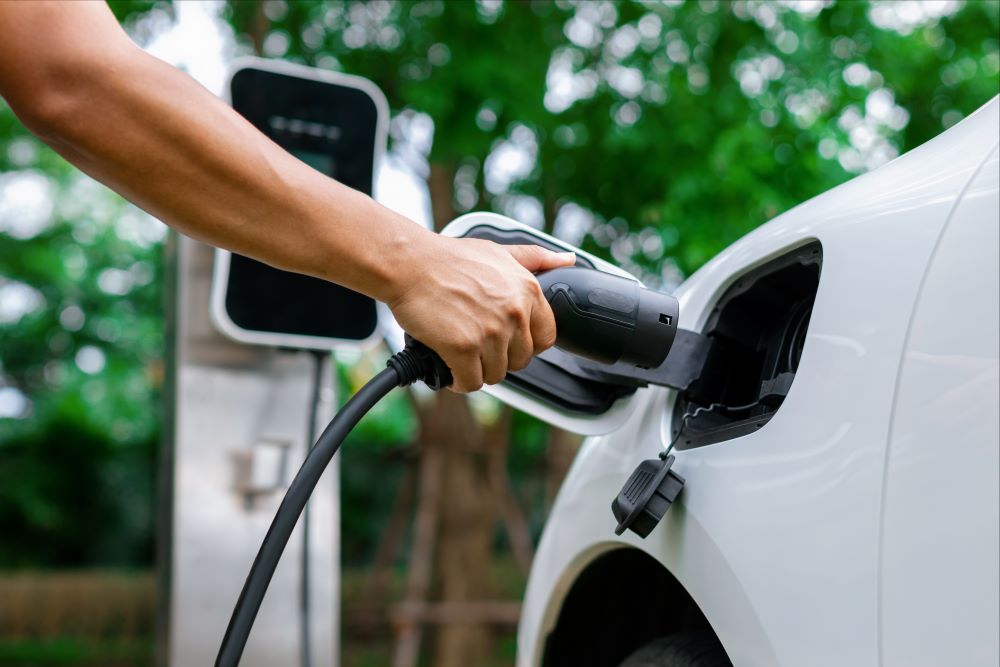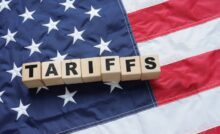IRS Issues Final Guidance for Clean Vehicle Tax Credits


The Inflation Reduction Act, signed into law in 2022, called for new taxes to tackle the rising deficit while investing in clean energy technology. A key component of the legislation was the introduction of clean vehicle tax credits to purchase new and used electric vehicles (EV). This includes the new vehicle tax credit, used vehicle tax credit, and the commercial clean vehicle tax credit. Each provides purchasers with an immediate federal tax credit for purchasing an eligible EV. Since its passage, several updates have been to the temporary guidance addressing specific aspects of the incentives. However, earlier this month, the Department of Treasury issued final regulations, including guidelines for batteries, critical minerals, and the need for Foreign Entity of Concern (FEOC) compliance. To help clients, prospects, and others, Wilson Lewis has summarized the key details below.
What is the Clean Vehicle Tax Credit?
The Inflation Reduction Act of 2022 included the Clean Vehicle Tax Credit for vehicles bought between 2023 and 2032. Individuals and businesses can take advantage of this credit if the car is bought for personal use, and it is used mainly in the U.S.
New clean vehicles meeting mineral and battery components requirements are eligible for a $7,500 maximum credit. These requirements vary based on when the car was put into service.
The new vehicle tax credit is also subject to income limits. Buyers should not exceed a modified adjusted gross income of $300,000 for married couples filing jointly, $225,000 for heads of households, or $150,000 for other filers. Modified AGI can be used as the lower of two years, either the year the taxpayer takes delivery of the vehicle or the previous tax year.
For previously owned vehicles, taxpayers can get a credit for 30% of the sales price, up to $4,000 for cars that sell for $25,000 or less and were placed in service by a qualified buyer before 2033.
The credit is nonrefundable if it isn’t transferred to the dealership, so the credit cannot be refunded beyond what a taxpayer owes, and it cannot be applied to future tax years. For this reason, individuals may want to transfer the credit and use it as a down payment. This can be done with any dealer registered with the IRS to receive credits directly, a program active since January 1, 2024. By moving the credit to the dealer, taxpayers can simplify their tax filing process and automatically reduce their overall vehicle payment. Dealerships are also required to apply the credit and any other promotions applicable to the vehicle.
What are the requirements for new vehicles under the credit?
Battery and component requirements vary slightly for new vehicles based on when they were placed in service. For those placed between January 1 and April 17, 2023, vehicles are eligible for a $2,500 base credit, $417 for battery capacities with at least 7-kilowatt hours, and $417 for each kilowatt hour of capacity beyond 5-kilowatt hours, for a total of $7,500. This means the minimum credit would usually be $3,751.
For vehicles placed in service on April 18, 2023, or after, the $7,500 credit will apply up to $3,750 for relevant battery component requirements and $3,750 for applicable critical mineral requirements. If neither is met, the vehicle will not receive a credit.
Generally, qualified vehicles must have a minimum of 7-kilowatt battery hours, a gross vehicle weight rating of under 14,000 pounds, be made by a qualified manufacturer (except some FCVs per Rev. Proc. 2022-42), and have final assembly in North America.
Critical minerals and battery components must have foreign entity of concern (FEOC) compliance to be eligible for the Clean Energy Tax Credit. This means that none of the materials that are used can be sourced from an area that is flagged as a FEOC, which includes areas that are “owned by, controlled by, or subject to the jurisdiction or direction of a government of a foreign country that is a covered nation.”
With this final ruling, guidelines mandate that manufacturers must have a process to investigate the origin of battery components and critical materials by \requesting documentation from suppliers, etc. The regulation also has specific language regarding methods manufacturers can use to ensure their materials comply with restrictions, with a newly added Traced Qualifying Value Test. It is more stringent than previous guidelines, but there is a transition period until January 2027, when manufacturers can choose to report with a slightly more relaxed test as long as they provide written reports periodically concerning critical mineral content used.
How to know if a vehicle is eligible
Individuals wondering if a vehicle they are interested in purchasing is applicable under the Clean Vehicle Tax Credit can search using FuelEconomy.gov. The site lists all qualified vehicles and the potential maximum savings available. The vehicle must be:
- Purchased new
- Reported to the IRS with the buyer’s name and taxpayer identification number
- Priced under $80,000 for SUVs, vans, and pickup trucks or $55,000 for other vehicles
How to claim the Clean Vehicle Tax Credit
Buyers can claim the credit or pass it to the seller to be applied against the purchased price. Those who want to claim the credit can fill out Form 8936 and submit it with the federal tax return. The information includes the VIN, and the buyer should retain a time-of-sale report for their records.
Contact Us
The recently released final guidance provides essential information for those claiming the federal tax incentive. If you have questions about the information outlined above or need assistance with another tax or accounting issue, Wilson Lewis can help. For additional information, call 770-476-1004 or click here to contact us. We look forward to speaking with you soon.
Recent Posts
Leukemia & Lymphoma Society Fundraiser
I want you to imagine hearing the three words, “You have cancer.” Sadly, this has…
Wilson Lewis Named a Regional Leader by Accounting Today
Atlanta accounting and advisory firm Wilson Lewis was honored this month as one the top…
Audit Risks for Pass-Through Entities
Pass-through entities (PTEs), including partnerships, S corporations, and certain LLCs, make up a large share…
Protecting Against Procurement Fraud
Procurement fraud is one of the most reported economic crimes, yet many businesses don’t realize…
How Tariffs Could Impact the Construction and Real Estate
New tariffs are pushing up the cost of key materials used in construction and real…
How Pass-Through Entities Are Taxed
The majority of businesses in the United States (about 95%) are structured as pass-through entities.…


